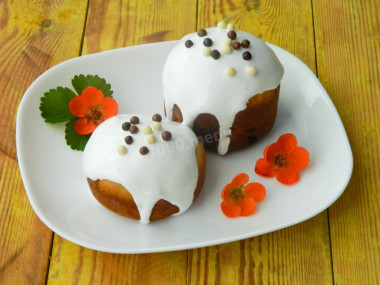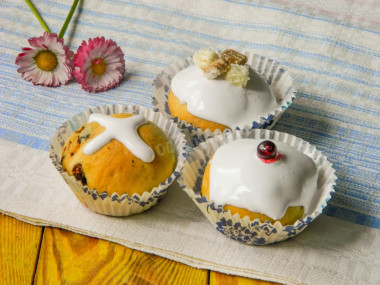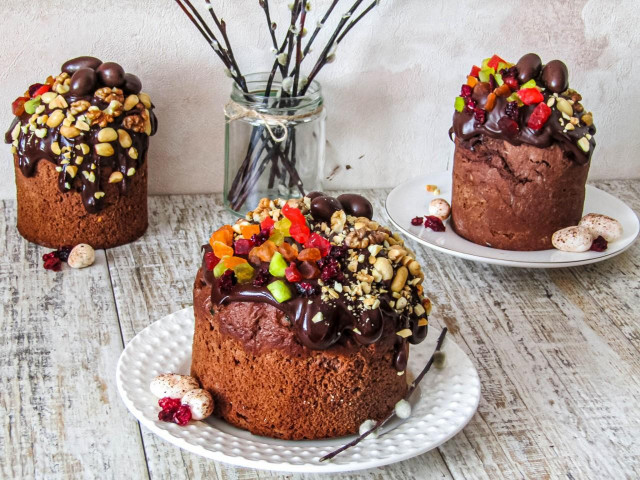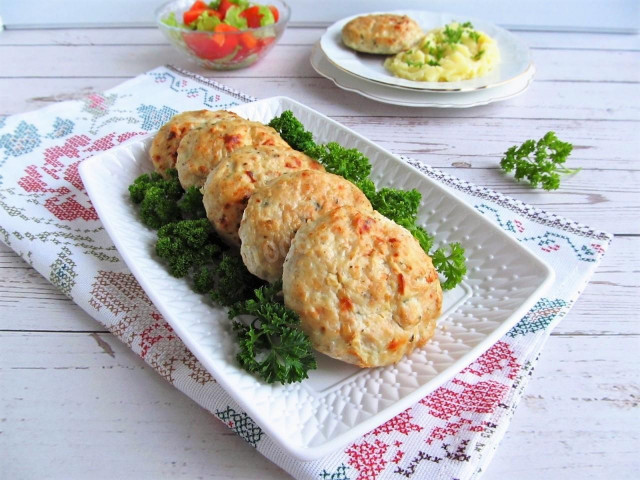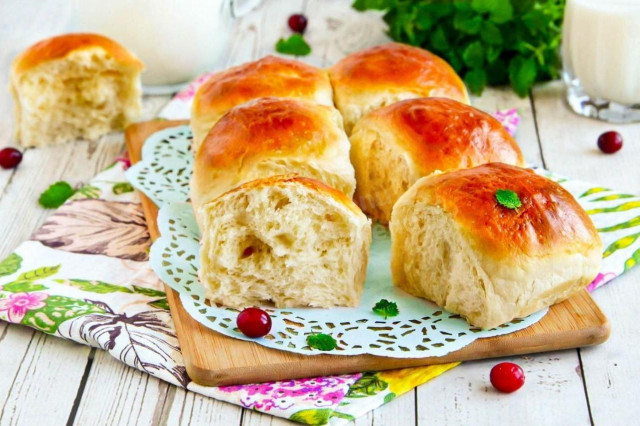Composition / ingredients
Step-by-step cooking
Step 1:

Prepare all the necessary ingredients according to the list. In order for the dough to be successful, the milk, butter and eggs must be at room temperature. Take them out in advance (1-1.5 hours) from the refrigerator. Take the flour of the highest grade, egg C1 or C0.
Step 2:
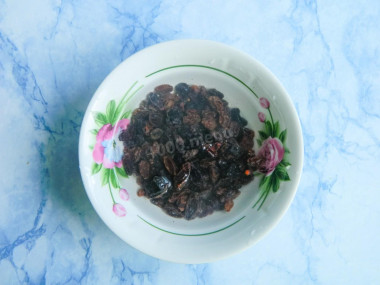
Pour hot water over the raisins and rinse to wash off the fat that is covered with dried fruits to give them a marketable appearance. Do not use boiling water, as the raisins may boil. Dry it by placing it on a paper towel or cloth napkin.
Step 3:
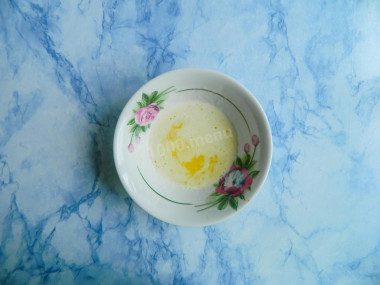
Cut the butter into small pieces and melt it. This can be done in the microwave or over low heat in a saucepan. Set to cool for a few minutes.
Step 4:
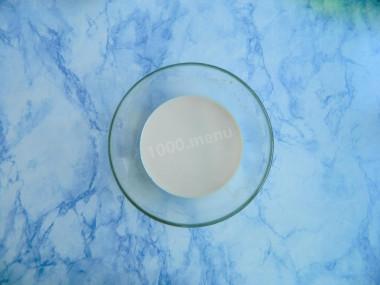
Before using yeast, read the instructions for them. There are different types of yeast - some need to be activated by first dissolving in warm water or milk, and some can be immediately added to flour. Those that need to be activated will suit us. In warm milk (37-40°C) add sugar and yeast. Stir and leave for 10 minutes. If a fluffy cap appears on the surface, then the yeast has become active and you can continue cooking.
Step 5:
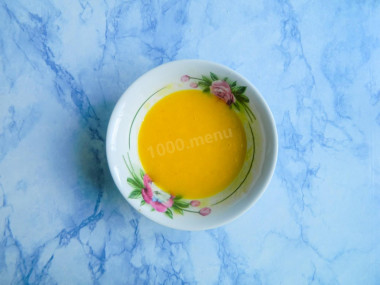
Beat the egg with salt. Before the formation of foam, it is not necessary to beat.
Step 6:
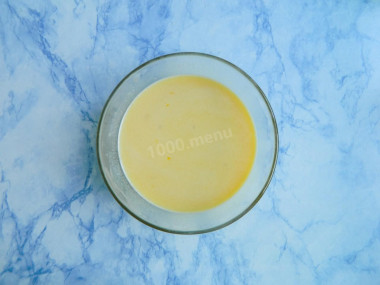
Now mix all the liquid ingredients. The butter should cool down to the temperature of yeast diluted in milk. If it is too hot, yeast will die, the dough will not rise and the taste of the finished cakes will spoil. Proceed to kneading the dough.
Step 7:

Take a deep bowl in which it will be convenient to mix dry and liquid ingredients. Sift the flour to sift out small debris and the dough is saturated with oxygen. Pour half of the flour into a bowl. Make a recess in the middle of the flour and pour out the liquid component of the dough. Add the rest of the flour in small portions to get the dough of the desired consistency. When it's hard to knead with a spoon, start doing it with your hands. The dough should become soft, but not stick to your hands.
Step 8:

Turn on the oven to preheat at 190 degrees. Add a teaspoon of flour to the raisins and mix. This will help the highlights to be evenly distributed over the dough. Adding a little raisins to the dough, continue to knead it until the raisins are evenly distributed.
Step 9:
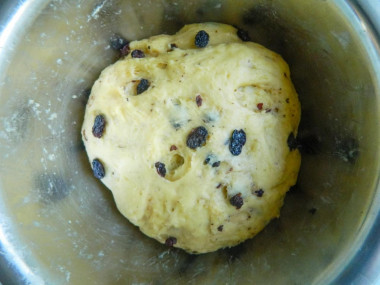
Cover the bowl with the dough with a towel or napkin and send it to rise in a calm warm place for 40-50 minutes. When the dough increases in volume, knead it with your hands. And start forming cakes.
Step 10:

Take any small molds. Muffin and cupcake molds are perfect - paper, metal, silicone. Lubricate the metal ones with oil. Put the dough into the molds, filling them 3/4 of the height. From the given amount of ingredients, I got 14 small cakes. Leave the cakes in the form for 10 minutes.
Then bake on the middle shelf in a preheated oven at 190 degrees for 40-50 minutes on the "top-bottom" mode. The baking time may vary depending on the capabilities of your oven. Check the readiness by gently pressing the palm of your hand on the top of the cake. The dough should be browned and should not "walk" when pressed.
Remove the finished cakes from the oven and cool. Then carefully remove them from the molds. Paper ones can not be removed.
Decorate the top of the cakes at your discretion. I decorated it with protein glaze, decorating it with berries and sprinkles on top.
Caloric content of the products possible in the composition of the dish
- Whole cow's milk - 68 kcal/100g
- Milk 3.5% fat content - 64 kcal/100g
- Milk 3.2% fat content - 60 kcal/100g
- Milk 1.5% fat content - 47 kcal/100g
- Concentrated milk 7.5% fat content - 140 kcal/100g
- Milk 2.5% fat content - 54 kcal/100g
- Granulated sugar - 398 kcal/100g
- Sugar - 398 kcal/100g
- Butter 82% - 734 kcal/100g
- Amateur unsalted butter - 709 kcal/100g
- Unsalted peasant butter - 661 kcal/100g
- Peasant salted butter - 652 kcal/100g
- Melted butter - 869 kcal/100g
- Raisins - 280 kcal/100g
- Kishmish - 279 kcal/100g
- Salt - 0 kcal/100g
- Wheat flour - 325 kcal/100g
- Chicken egg - 80 kcal/100g
- Dry yeast - 410 kcal/100g


